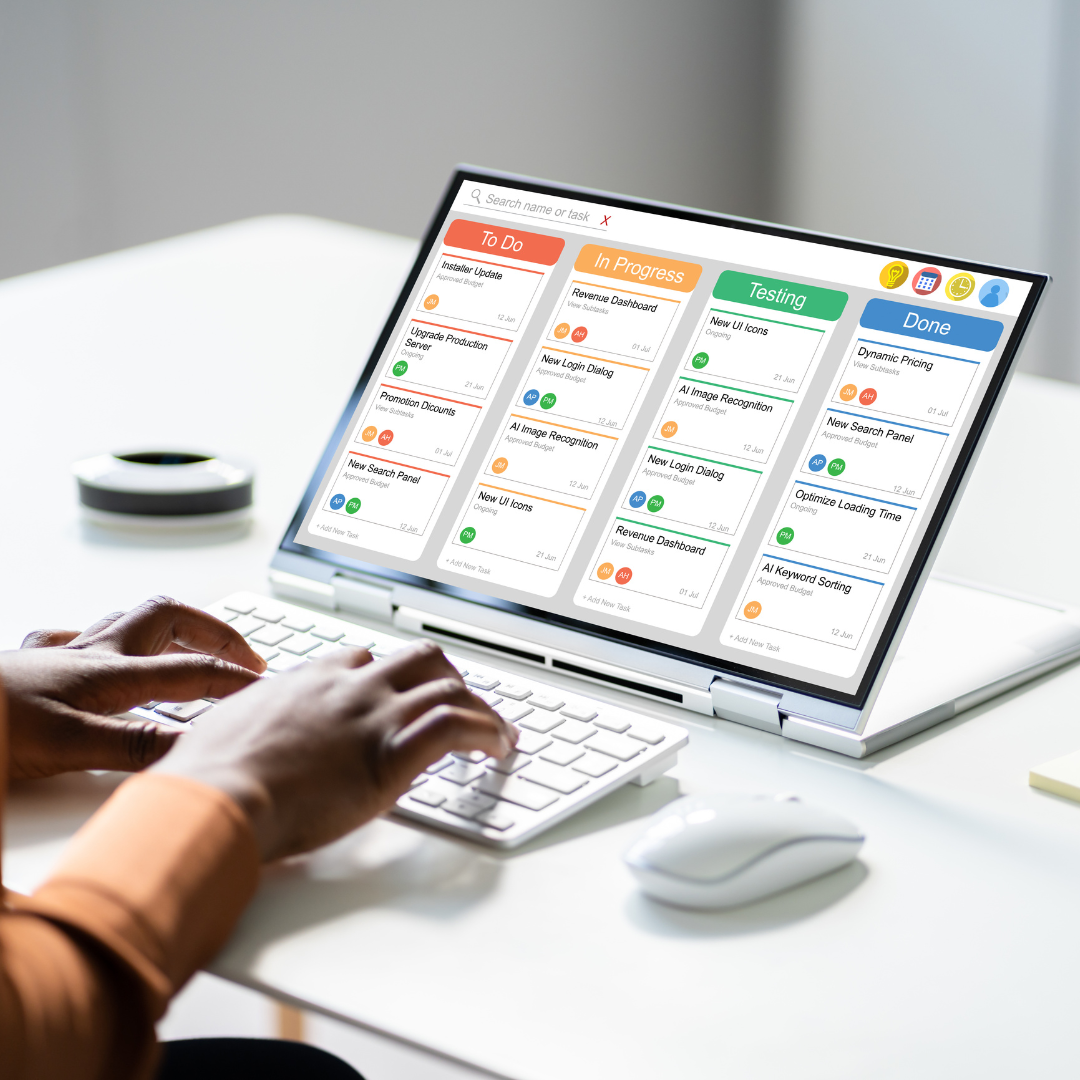Overview
In an increasingly complex business landscape, effective asset management is crucial for organizations aiming to optimize resources, enhance productivity, and maintain a competitive edge. Upcore, a leading software development company, undertook the challenge of creating a comprehensive asset management software solution for a client in the real estate sector. This case study explores the process, challenges, solutions, and outcomes of developing this robust software.
Client:
Our client is a mid-sized real estate firm specializing in residential properties. They faced significant challenges in managing their assets, which included properties, listings, and transactions. With a growing portfolio and increasing market demands, the client needed an efficient system to streamline operations and improve overall asset management. However, they lacked extensive technical expertise and faced difficulties in translating their business requirements into a functional software solution.
Challenges:
During the initial discussions with the client, we identified several key challenges:
- Limited Technical Knowledge: The client had minimal experience with technology and software development. This lack of technical knowledge made it difficult for them to articulate their needs clearly and understand the functionalities required for the asset management system.
- Defining Business Logic: Since the client was unsure of how to structure the app's logic and functionality, we had to engage in detailed discussions to help them define their business processes and requirements.
- Integration of Third-Party Tools: The client intended to use several third-party tools, plugins, and APIs in their system. Ensuring these integrations worked seamlessly with the asset management software was crucial.
- Diverse Requirements: The client had varying needs across different departments, requiring a flexible and scalable solution capable of adapting to future changes.
- User Experience: The client emphasized the importance of a user-friendly interface, as many of their staff members were not tech-savvy.
Solution:
To address the challenges, Upcore’s expert team took a systematic approach:
1. Requirement Gathering and Business Logic Development
We conducted several workshops with the client to understand their business processes better. This involved:
- Identifying Key Features: We worked collaboratively to identify essential features that would enhance asset management. This included tracking assets, managing transactions, and overseeing participants in the system.
- Defining User Roles: Together, we established different user roles, including property managers, buyers, and homeowners, ensuring that each role had the appropriate permissions and functionalities.
2. Technical Architecture and Planning
After gathering requirements, we designed the software's technical architecture:
- Modular Design: We opted for a modular approach, allowing for easy updates and the integration of additional features in the future.
- Scalability: The architecture was designed to handle increasing amounts of data and users, ensuring long-term viability.
3. Development and Implementation
With a clear understanding of the client's needs and the project's technical requirements, our development team began the coding phase:
- Transactions Management: We developed features to facilitate buying and selling properties, allowing users to create and close listings efficiently. This involved implementing workflows for transaction management, including notifications and documentation.
- Asset Tracking: The software was designed to allow users to manage their properties effectively. Users could track listings, monitor asset conditions, and schedule maintenance tasks.
- Participant Management: The system included features for managing interactions between buyers and homeowners. This allowed for seamless communication and tracking of inquiries, viewings, and offers.
4. Integration of Third-Party Tools
The client provided various third-party tools, plugins, and APIs. Our team ensured:
- Seamless Integration: We integrated these tools into the asset management software, enhancing functionality without compromising performance.
- Robust Data Management: Data synchronization processes were established to ensure that information flowed smoothly between the asset management software and third-party tools.
5. User-Centric Design
To address the client’s concerns about user experience, we focused on creating an intuitive interface:
- User-Friendly Interface: Our design team crafted a clean and straightforward interface, enabling users with varying levels of technical proficiency to navigate the software easily.
- Training and Support: We provided training sessions for the client's staff, ensuring they were comfortable using the new system and could take full advantage of its features.
Results
The final product is a high-performance, easy-to-use, feature-rich asset management software solution that significantly enhances the client's operational efficiency. Key results include:
- Improved Efficiency: The new system streamlined transaction processes, reducing the time taken to buy or sell properties and manage listings.
- Enhanced Visibility: With a centralized database, the client gained real-time insights into asset performance, allowing for informed decision-making.
- User Adoption: The intuitive design and thorough training resulted in high user adoption rates among the client’s staff, with minimal resistance to the new system.
- Scalability and Flexibility: The modular architecture allows the software to grow alongside the client’s business, easily accommodating future needs and integrations.
Technology Stacks:
The asset management software was built using a modern technology stack to ensure reliability and performance:
- Backend Development: We used Node.js for its efficiency in handling asynchronous requests and real-time data processing.
- Frontend Development: The frontend was developed using React, ensuring a responsive and dynamic user interface.
- Database Management: We chose MongoDB for its flexibility in handling diverse data types and scalability.
- Blockchain Integration: To enhance security and transparency, we implemented blockchain technology, allowing for secure transactions and asset tracking.
- Third-Party APIs: Various APIs were integrated for functionalities such as payment processing and customer relationship management.



